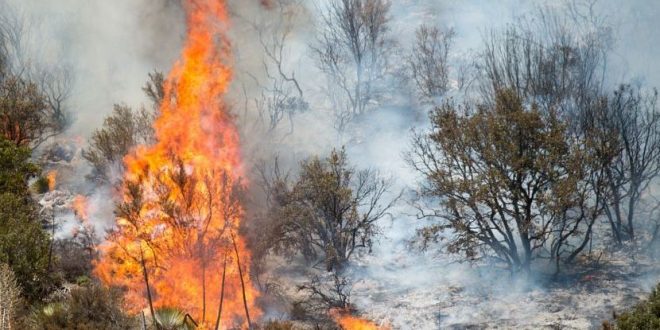Most U.S. wildfires aren’t wild. A new study shows humans sparked 84 percent of blazes over two decades — and almost doubled the acreage burned.
The work, conducted by Bethany Bradley at the University of Massachusetts Amherst and Jennifer Balch of the University of Colorado-Boulder, looked at the ignition and effects of 1.5 million fires that sparked up between 1992 and 2012.
Not only were the vast majority of them caused by humans, the anthropogenic blazes accounted for 44% of the land burnt. What’s more, people had caused fires to break out in areas where there used to be few, if any, problems.
“Humans create sufficient ignition pressure for wetter fuels to burn,” the researchers write in the Proceedings of the National Academy of Sciences.
“Human ignitions have expanded the fire niche into areas with historically low lightning strike density.”
As well as extending the areas in which wildfires occur, the researchers’ information – drawn from the US Forest Service Fire Program Analysis Fire Occurrence Database – indicates that human-induced fires happen throughout the year, in contrast to lightning-caused blazes, which tend to be concentrated in a period of a few weeks during summer.
Balch and Bradley concluded that, on average, humans caused 40,000 wildfires in spring, winter and autumn every year.
Bradley notes that the increasing number of off-season fires represents a worrying interaction between human behavior and climate change.
“I think that’s interesting, and scary,” she says. “It suggests that as spring seasons get warmer and earlier due to climate change, human ignitions are putting us at increasing risk of some of the largest, most damaging wildfires.”
Agencies/Canadajournal
 Canada Journal – News of the World Articles and videos to bring you the biggest Canadian news stories from across the country every day
Canada Journal – News of the World Articles and videos to bring you the biggest Canadian news stories from across the country every day



